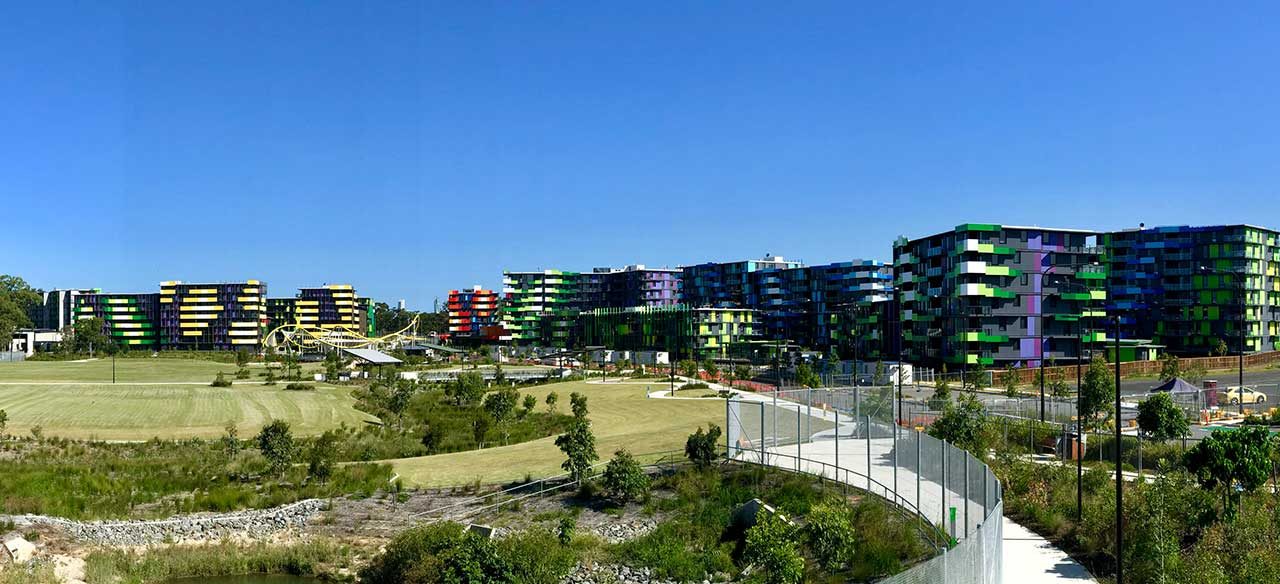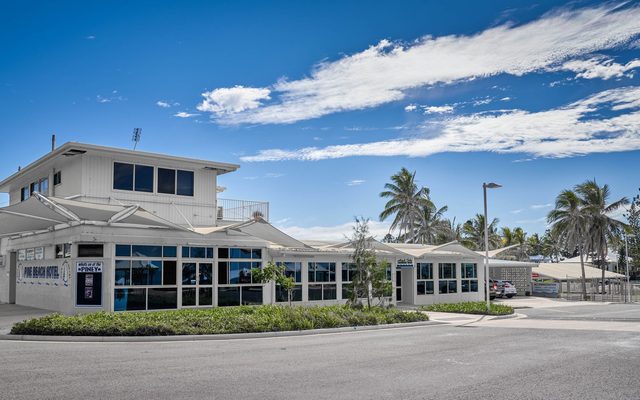This article is from the Australian Property Journal archive
AUSTRALIA’S current tax rules are discouraging global institutional players from investing in the local build-to-rent sector, which could play a bigger role in providing more affordable housing.
Speaking at the Property Funds Association (PFA) 2018 Conference, Ernst & Young partner Luke Mackintosh said domestic tax legislation does not neatly accommodate the new multi-family housing asset class.
Mackintosh said the main hurdles include the Managed Investment Trust (MIT) structure, which currently prevents overseas institutional investment in multi-family housing.
“Without overseas institutional investors it will prove very difficult for multi-family housing to establish itself in Australia due to the significant capital requirements,” he said.
In September last year, the federal government announced overseas investors investing in residential property will not receive favourable tax treatments unless it is affordable housing managed by a registered Community Housing Provider.
The changes prevent MITs from investing in houses, units and apartments to hold for long term rent, other than affordable housing.
Mackintosh said other tax challenges include stamp duty surcharges, GST leakage, and land tax surcharge.
“It is largely a revenue driven business. Managing expenses closely is very important but revenue growth through dynamic pricing strategy is critical to long-term success,” he continued.
Whilst the government’s tax rules continue to hold back overseas investors, local players have already shown appetite for the sector.
The 1,200-home Commonwealth Games athletes’ village at Parklands on the Gold Coast by UBS Asset Management and Grocon will be one of the country’s first major build-to-rent project in operation.
Grocon also paid around $35 million for a Southbank site in Melbourne at 256-266 City Road, with a permit for 410 apartments over 61 levels that it will use for executive-style build-to-rent units.
In Melbourne’s Docklands, Salta Properties is developing a $330 million mixed-use project at 699 La Trobe Street that will include built-to-rent 260 units and a five-star hotel.
A JLL survey last year found that when it comes to residential property as a percentage of institutional real estate portfolios, Australia had 0% compared to 25% in the United States. Although the US multi-family sector is more widely known, the Netherlands and Switzerland lead the world with 46% and 47%, respectively.
However those are mature markets and Mackintosh said the UK’s experience maybe the best example to follow in Australia, as the UK only introduced build-to-rent or multi-family housing in 2010 following political pressure to address accommodation shortages.
Australia faces similar pressures on rental accommodation with millennials (people aged 16-35) and Generation Z (16 and under) together comprising approximately 48% of the population.
“Millennials are currently the largest proportion of our population, and 66% of them do not believe they will ever own a home.
“Australia will experience a shortage of residential accommodation as more millennials enter the rental market.
“The UK experienced similar problems but are in the process of adding up to circa 100 thousand dwellings via build-to-rent in the last eight years. Australia could support up to circa 15 thousand build-to-rent apartments over the next seven years to head off shortages.” Mackintosh said.
CBRE last year put the potential value of the sector in Australia at up to $300 billion over the next 20 years.
Australian Property Journal




